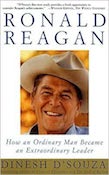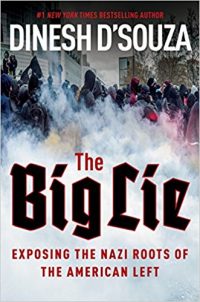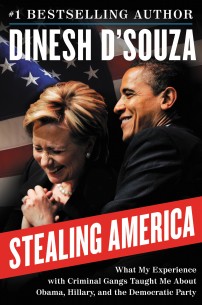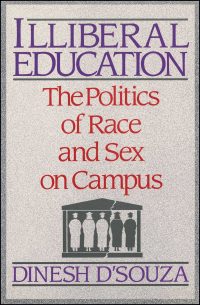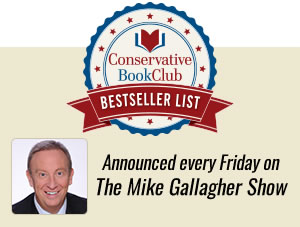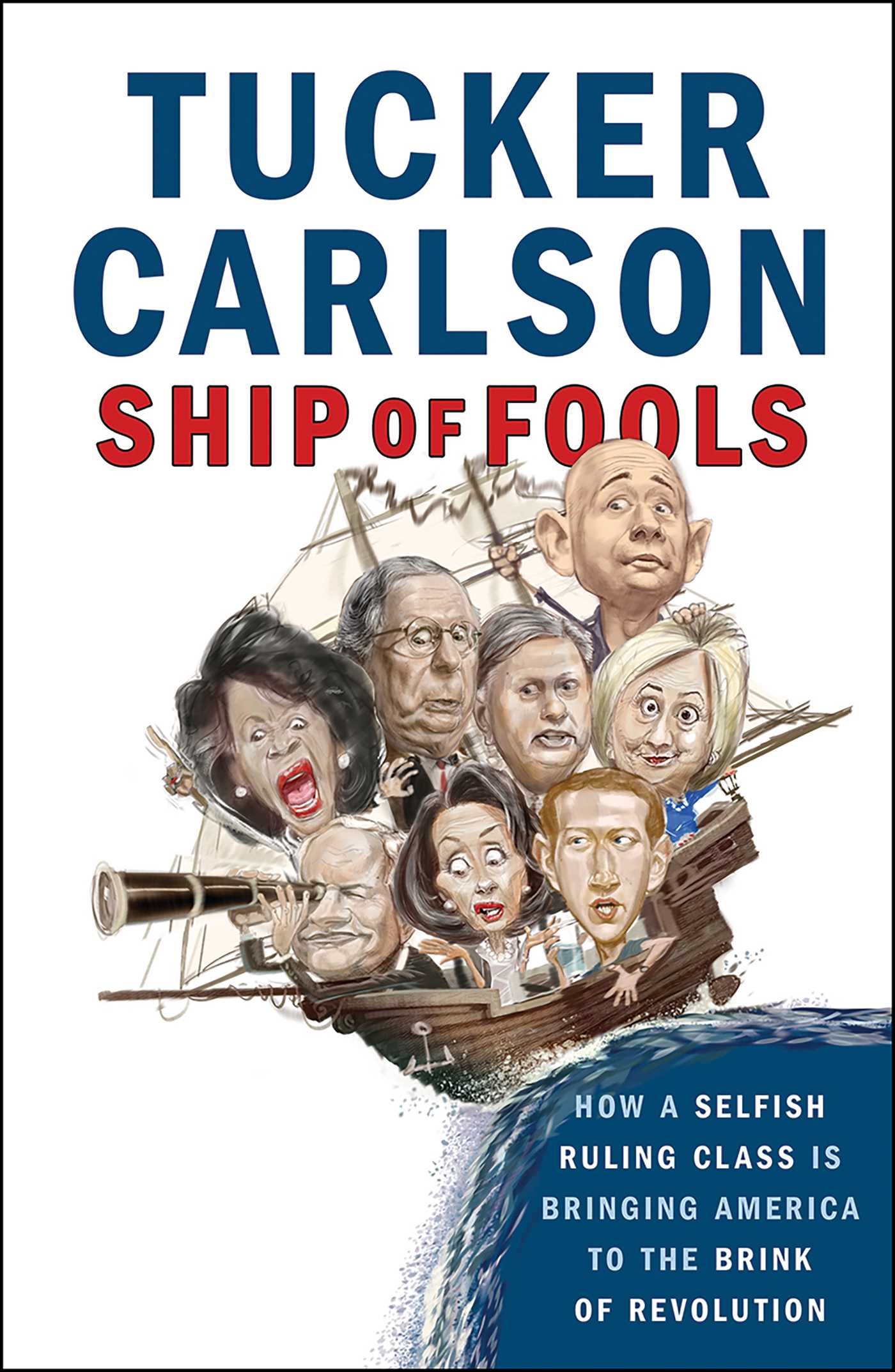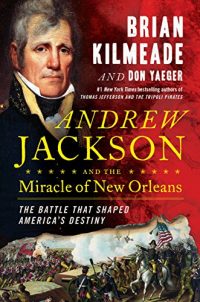Ronald Reagan: How an Ordinary Man Became an Extraordinary Leader
Ronald Reagan is today a president without honor in his own country, a Republican without imitators in his own party, and a conservative without followers in his own movement.
This is so despite some superficial appearances to the contrary, and it is odd. After all, Reagan was the most consequential president since Franklin Roosevelt, the most successful Republican leader since Theodore Roosevelt, and the first true conservative to reach the apex of American politics since Coolidge. Reagan won the Cold War almost without firing a shot; he laid the groundwork for the GOP to escape half a century of minority status; and he decisively vindicated the claims of conservatism. Feared by the Communists, patronized by the Democrats, loathed by the Left, Reagan vanquished them all. Yet who today is a Reaganite?
Dinesh D’Souza is, and his fine new study of Reagan provides a fresh opportunity to consider Reagan’s achievements and our neglect of them. Those achievements teach important lessons, and so does our neglect. For it turns out to be easier to ignore Reagan than to appreciate him–if appreciating him means facing up to challenges that we would prefer to avoid.
Reagan accomplished two great deeds as president–restoring America’s economic health and winning the Cold War. The second, of course, is by far the greater, and D’Souza’s discussion of Reagan’s indispensable role in concluding “the supreme political drama” of the latter half of the century is the best part of the book. D’Souza reminds us of the magnitude of the event: ” What will probably prove to be the most important historical event of our lifetimes has already occurred. We are unlikely to live through anything else of comparable significance.” D’Souza convincingly shows that Reagan was “the prime mover” in his own foreign policy, “the architect of his own success.” From the assault on detente to the Reagan Doctrine, from the deployment of the Pershing IIs to the Reykjavik summit, Reagan pursued policies that were anathematized by liberals and derided by the “wise men” of the day. He broke with conservative conventional wisdom as well when, in his second term, he brilliantly pivoted and helped Gorbachev along in the dismantling of Communist rule and the Soviet empire.
Reagan was, of course, a staunch anti-Communist. But his anti-communism followed from his patriotism. He was able to take the moral offensive against communism not only because he believed the Soviet Union evil, but because he believed America a force for good. The Reagan Doctrine–a determination to aid anti-Communist insurgents around the world was a hard-headed and shrewd means of weakening the Soviet empire. But, as D’Souza points out, “Reagan conceived of his doctrine primarily in moral terms.” He always emphasized the universal right to freedom and self-government. Unlike the sophisticates of his time (and ours), Reagan “defined the conflict between the West and the Soviet Union as fundamentally a moral conflict.” Indeed, “Reagan saw himself as doing nothing more than clarifying what America stood for and against.”
Reagan was confident that what America stood for was right. He was also confident–far more so than most conservatives–that his country would prevail. If he was remarkably prescient about the weakness of the Soviet system, that merely followed from his confidence in the American system. And it was Reagan’s confidence that made possible his boldness. Elected with barely 50 percent of the vote, at odds with the entire foreign-policy establishment, Reagan in his first term set out, in the words of Sovietologist Stephen Cohen of Princeton in 1983, “to abandon both containment and detente for a very different objective: destroying the Soviet Union as a world power and possibly its communist system.” (Cohen, of course, was condemning Reagan for pursuing a “pathological” strategy.)
But it was also Reagan’s confidence in America that permitted him, in his second term, to move aggressively to take advantage of what Gorbachev felt forced to do in response to Reagan’s tough first-term policies. For, as D’Souza reminds us, “at a time when no one else could, Reagan dared to imagine a world in which the communist regime in the Soviet Union did not exist.” Reagan dared to imagine such a world because he really did believe that the West would not merely contain communism, but “transcend” it.
The point of transcending communism was not simply to allow America to come home again. Reagan’s view of America implies a distinctive American role in a post-Cold War world as well. It implies an America that is militarily strong, morally assertive, and politically daring–in the service of advancing American interests and American principles in the world, and not because those principles are American but because they are morally superior to competing principles. This is all too much for today’s politicians, who do not want to confront such responsibilities and who in one way or another have embraced doctrines of American retreat. For when you strip away the arguments of multilateral liberalism or Kissingerian “realism,” you find a lack of confidence in American principles. Any politician who now embraced a Reaganite vision would need the courage to challenge the odd mixture of fearful complacency and willful shortsightedness that characterizes the mood of the American establishment today.
Such a mood also infects the establishment of the Republican party. Reagan led the GOP to two stunning national election victories, the first of which brought in a Republican Senate for the first time in 26 years. He succeeded in handing over the White House to his vice president, giving the Republicans three consecutive terms in control of the executive branch for the first time since the 1920s. And it was the return of the GOP in 1994 to a Reaganite agenda–a return engineered by Newt Gingrich–that produced the victory that finally ended six decades of the Democrats as the majority party in the United States. Reagan Republicanism has proven to be winning Republicanism. And political parties presumably like to win. Yet today’s Republican party, curiously, is not a Reaganite party.
One reason is clear: Reagan Republicanism is controversial Republicanism. Reagan challenged a sitting Republican president and took on prevailing Republican orthodoxies and principalities. He brought politically incorrect social conservatives into the GOP and committed the party to a pro-life doctrine that the cultural elite could not, and still cannot, abide. “Reagan Democrats” became Republicans because they were offered a new, not- traditionally-Republican, anti-establishment (and pro-American) vision. And it was the sense that Clinton and the Democrats had contempt for this vision that completed the movement of the Reagan Democrats into the Republican party at the congressional and state levels in 1994.
Since then, however, the Reaganite vision has been lost. The party has re-splintered into its pre-Reagan component parts. Much of the congressional leadership of the party is Nixonian–practicing a Republican version of old- fashioned Democratic interest-group, coalition-building politics, with a patina of Luntz-like happy-talk and no real consistency of message or moral vision. Meanwhile, Rockefeller Republicanism attempts a comeback in the Northeast, and Pat Buchanan and his spinoffs try to peddle a message that is a peculiar mixture of George Wallace and Robert Taft. Reagan overcame and knit together these factions by offering, as D’Souza says, a “unifying moral vision for America,” a vision of patriotism and national greatness. But amazing as it may seem, few Republican leaders are interested in setting forth such a vision today. If it is true, as D’Souza maintains, that “Reagan dominates American politics in the second half of the twentieth century,” this is more evident in the Democratic party, with Clinton’s clever appropriation of some Reaganite themes. Reagan’s own party, which he led to the verge of triumph, shies away.
As for conservatives, they take pride in Reagan and claim his success as their own. But when they turn to contemporary politics, they seem as ready as liberals to proclaim that we live in an age “after Reaganism.” Embarrassed to appear nostalgic, or ignorant of Reagan’s superior gifts, today’s conservatives neither study nor imitate his example. One commentator, while professing admiration for Reagan, has argued that Reaganism was in no way an innovation but simply “conservative common sense applied to the problems that had developed in the 1960s and the 1970s.” D’Souza is convincing in rebuttal: In fact, supply-side economics was a break with previous conservative orthodoxy; the conviction that communism was not only dangerous but weak was rare among conservatives; the populist and moral appeal to Reagan Democrats was novel.
In any case, the proof is in the pudding. As D’Souza reminds us, Goldwater received less than 40 percent of the vote in 1964, and Reagan won almost 60 percent twenty years later. Those conservatives who “see Reagan as another Goldwater who happened to run at a more propitious time” are wrong. Reagan was able to add Nixon’s silent majority to Goldwater’s core of believers, thus creating a patriotic majority that was no longer silent, one that remains the basis of a possible lasting conservative realignment.
Like many before him, D’Souza attempts to explain the “secret” of Reagan, ” to solve the mystery” of Reagan the man. Though he is perceptive in his analysis, D’Souza never quite unravels the personal enigma of Reagan. Along with everyone else, D’Souza takes note of Reagan’s “optimism.” But even more striking than Reagan’s trademark sunshine was his extraordinary political courage. He simply was unafraid to stick to his guns when all around him, calculating the odds, fell away. Courage is the first of the virtues, and Reagan had it.
His courage and his optimism were connected in this way: Courage often goes hand-in-hand with the belief–not always an entirely rational belief–that your cause will prevail. Reagan was serenely confident that he, and America, would prevail. He believed in the American people and in American principles; he believed that men deserve to be free and that they have the capacity to govern themselves; and he believed these principles would be victorious.
Reagan believed this because he was convinced Providence was somehow on America’s side. Reagan was perhaps not conventionally religious, but his confidence that God was looking out for America and for the right seems to have helped give him the courage to do all that he did. Such confidence rings strange in our postmodern ears; it seems to support Peggy Noonan’s quip that Reagan’s example proves that “the unexamined life is worth living.” Reagan’s views were not unexamined, though. They may have been unsophisticated. But political greatness requires the courage to be unsophisticated.
In his concluding chapter, D’Souza joins many others in warning against yearning for “another Ronald Reagan.” But why shouldn’t we? As D’Souza emphasizes, Reagan was in many ways an ordinary man who became an extraordinary leader. Precisely because Reagan does not reach the heights of a Lincoln or a Churchill, he is accessible as a model to be followed by other ordinary political men. Surely we are entitled to hope for another Reagan. Meanwhile, as D’Souza suggests, we can work to reinvigorate Reaganism. In doing so, we honor Reagan. And we also credit Reagan’s contention–made in his magnificent 1984 speech at Normandy–that ours is “the most deeply honorable form of government ever devised by man.”
Book Review from The Weekly Standard, by William Kristol
Tags: Dinesh D'Souza, Ronald Reagan: How an Ordinary Man Became an Extraordinary Leader
- The Author

Dinesh D’Souza
** Exclusive CBC Author Interview with Dinesh D’Souza ** Bestselling author Dinesh D’Souza has had a major influence on American […] More about Dinesh D’Souza.
- Books by the Author
- Related Articles

The Top 10 Conservative Books of 2018
2018 has been another great year for conservative books, from meditations on conservative thought to more politically focused fare to […]
The 5 Best Conservative Summer Reads of 2018
Looking for one last conservative book to read before summer comes to a close? Take 5 - check out our[...]
Movie Review: Dinesh D’Souza’s “Death of a Nation”
Dinesh D'Souza is back with another bestselling book-and-movie tandem -- "Death of a Nation"! Read our review to see how[...]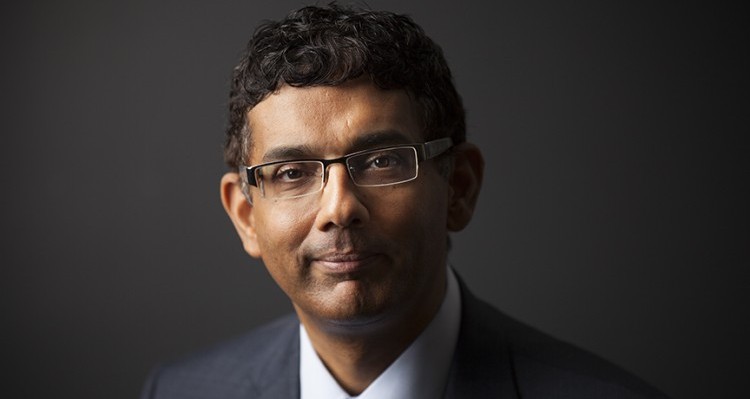
Dinesh D’Souza and Greg Gutfeld Headline Our Weekly Roundup
In this week's roundup, check out new books from Dinesh D'Souza and Greg Gutfeld, lists about both books, and best[...]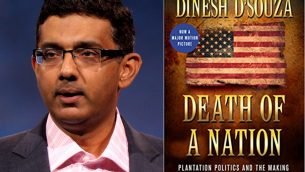
Episode #25 – Dinesh D’Souza Interview: A New Book, New Movie, and the Dark History of the Democratic Party
Learn the dark history of the Democrat Party in our exclusive interview with Dinesh D'Souza as he discusses his new[...]
Ratings Details




